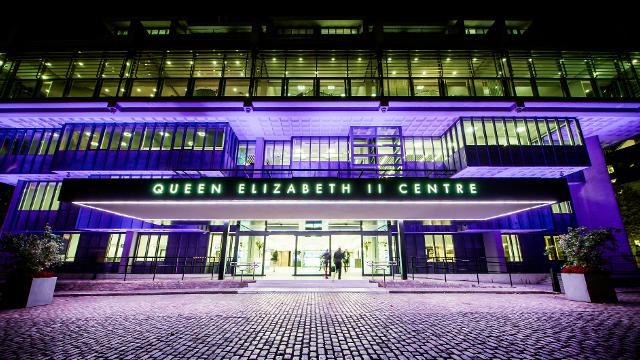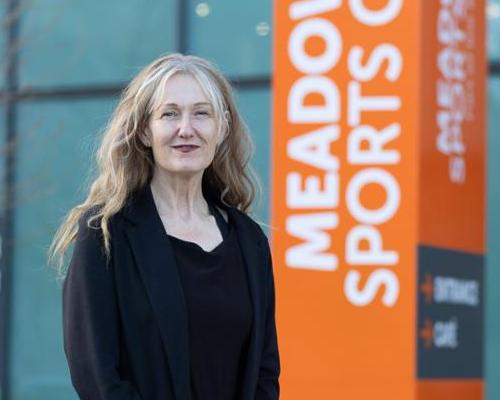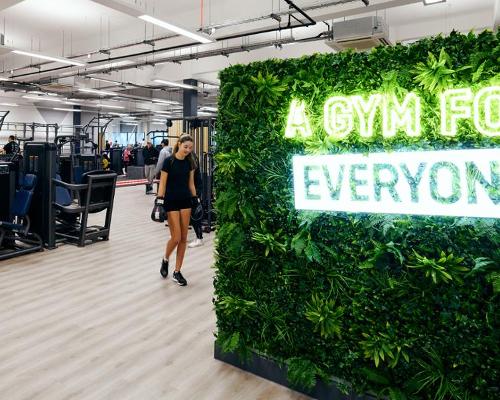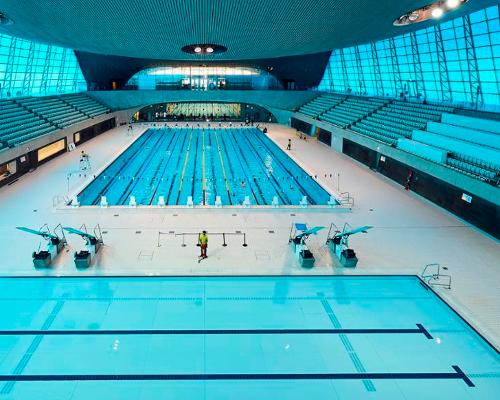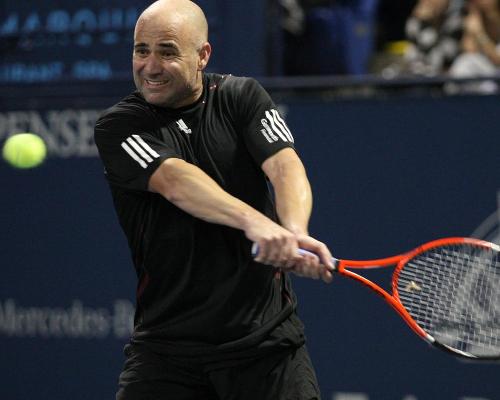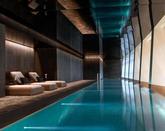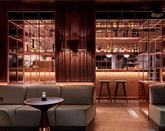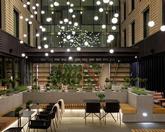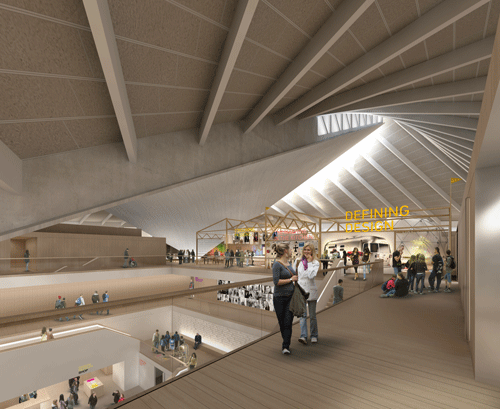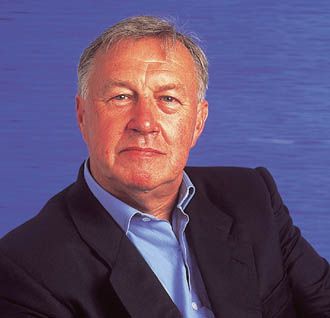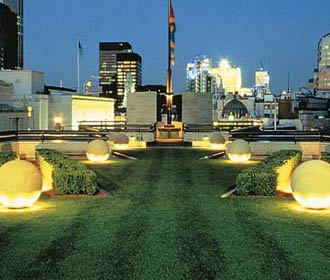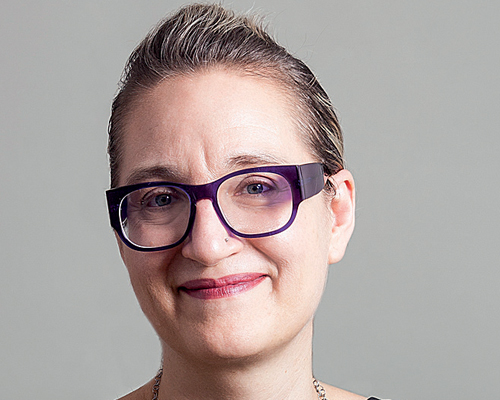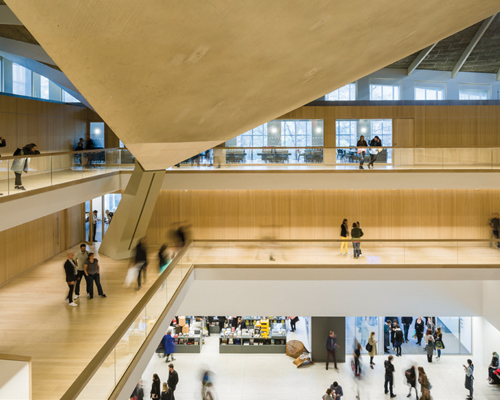Celebrating Terence Conran
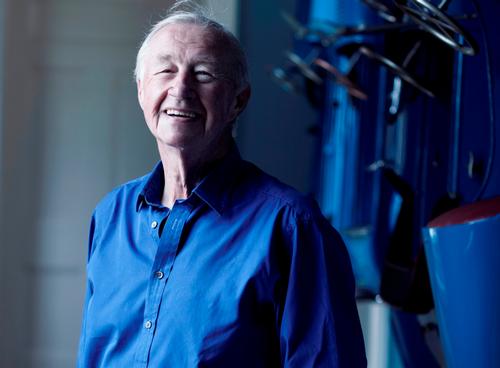
Following the death of Design Museum and Habitat-founder, Terence Conran, aged 88, we celebrate his wide ranging influence on the museum, hospitality and leisure industries.
In a tribute, his family said: “Terence Conran was a visionary who enjoyed an extraordinary life and career that revolutionised the way we live in Britain.
"A proud patriot, he promoted the best of British design, culture and the arts around the world and at the heart of everything he did was a very simple belief that good design improves the quality of people's lives.”
Conran founded his design practice, the Conran Design Group, in 1956 and in 1964, launched furniture retailer Habitat, taking inspiration from continental Europe to revolutionise home interiors across the UK.
This passion for furniture continued throughout his life, with Conran and his companies becoming a major influence in the design of hotels, restaurants and resorts globally.
In 1980, he set up an architectural practice with Fred Roche called Conran Roche to work on larger scale urban planning projects, including the redevelopment of London's Butler's Wharf into a riverside leisure destination.
Conran Roche evolved into Conran & Partners, architects, interior designers and masterplanners.
The Butler’s Wharf scheme was the location for two of his major restaurants, The Pont de la Tour and The Butler’s Wharf Chop House, as well as the offices of Conran Roche.
DESIGN MUSEUM
Conran also founded the Design Museum – the world's first museum dedicated to design – initially as an exhibition in the V&A Museum, called The Boilerhouse and then in 1989 as part of the Butler's Wharf scheme.
The museum moved to its current location in the former Commonwealth Institute in Kensington in 2016.
A statement released by Conran's family explained that “Founding the Design Museum in London was one of his proudest moments and through its endeavours he remained a relentless champion of the importance of education to young people in the creative industries.”
RESTAURANTSConran also had a huge influence on the hotel and restaurant industry, opening his first restaurant – Soup Kitchen – in 1953 and launching the Conran Restaurants Group in 1991, which operated hotels, bars and restaurants in the UK, Paris, New York and Japan. At the height of his empire, he owned 50 restaurants, with the best known including Bibendum in Chelsea and Quaglino's in St James'.
He sold 49 per cent of the restaurant business in 2006. The company was renamed D&D the following year and Conran sold the remainder of his stake in 2008.
In 2007, Conran Restaurants and D&D, were involved with the design and operation of restaurants in Japan in partnership with Hiromatsu – called Botanic and Iconic.
As recently as last year Conran opened the sustainable-focused Wilder, in the basement of his Boundary boutique hotel in London's Shoreditch.
In 2000, he was involved with the transformation of the Great Eastern Hotel, which he part-owned, adding his signature restaurants to the scheme and turning it into a hot destination for London.
WIDER LEISURE WORK
Conran’s work in Japan in the early 2000s included a venture into the spa and wellness market with the completion of the Ark Hills Spa and Roppongi Hills spa, in Tokyo – the latter being part of an 11-hectare development that included a 1,900sq m private members-only spa – as well as spas for the Niki Club Hotels group in Nasu.
His company also worked in the health and fitness market, designing the Glassworks health club and spa in Cambridge, UK in 2002, which expanded into a small chain and continues to trade today.
Conran ventured into the attractions market with work on the Museum of London’s prehistoric gallery in 2002, the Fashion and Textiles Museum in London in 2003 and Swarovski World in Austria in 2004.
TRIBUTESFollowing his death, many designers and architects have paid tribute to Terence Conran.
Thomas Heatherwick, who met Conran while a student at the Royal College of Art and was commissioned by him early in his career to create interior displays for The Conran Shop, said: "I feel so privileged to have had Sir Terence Conran as a mentor and lifelong friend and will miss him greatly.
"For me, he was one of a small handful of amazing people who dragged Great Britain out of the post-second world war gloom and modernised the country, by revolutionising how we think about our homes, the products we buy for them and even the food we eat and how we eat it.
"The unique and undeniably distinctive stamp of Sir Terence Conran changed the way the rest of the world thought about Britain and it changed the way so many of us think about design."
In his tribute, Tim Marlow, director and chief executive of the Design Museum, said:
“Terence Conran was instrumental in the redesigning of post-war Britain and his legacy is huge. He is revered by generations of designers from Mary Quant and David Mellor to Thomas Heatherwick and Jonny Ive. He changed the way we lived and shopped and ate. He also created a great institution – the Design Museum – of which he was justifiably proud and with which he remained fully engaged right to the end of his extraordinary life. It was a privilege and an inspiration to know him.”
Sir Terence Conran died peacefully at his Barton Court home in Berkshire on 12 September 2020.
SIR TERENCE CONRAN, OFFICIAL BIOGRAPHY
1931 Born in Kingston upon Thames
1948 Enrolled in Central School of Arts & Crafts
1949 Shared a studio in London’s East End with Eduardo Paolozzi. Began making furniture
1950 On the advice of his tutor leaves course at Central to work for architect Dennis Lennon. In the evenings he works on window displays in Simpsons, Piccadilly
1952 Opens Conran & Company from a basement in Notting Hill, selling furniture from a showroom in Piccadilly Arcade
1953 Opens Soup Kitchen in Chandos Place, inspired by the elegant simplicity of affordable restaurants in France at the time. It housed the second Gaggia coffee machine in London
1954 Opens Orrery restaurant on Kings Road
1955 Started Conran Fabrics
1956 Set up Conran Design Group, designing among other things a store for Mary Quant in Knightsbridge
1963 Moved his operations to 40,000 square foot factory in Thetford, Norfolk, taking 80 staff and their families with him
1964 Habitat opens on Fulham Road in Chelsea with staff in uniforms by Mary Quant and hair styled by Vidal Sassoon
1965 Habitat opens second branch on Tottenham Court Road
1966 Habitat opens further branches in Manchester, Brighton and Glasgow
1968 Merges company to form Ryman Conran
1970 Neal Street Restaurant opens, which until its closure was run by Terence’s sister Priscilla and her husband, Antonio Carluccio. Conran Associates replaces Conran Design Group
1973 Habitat’s largest branch opens on Kings’ Road and first branch of Conran shop opens on site of original Habitat store
1974 Publication of House Book by Mitchell Beazley
1976 Opens Habitat shop in Citicorp building in Manhattan under the name Conran
1980 Conran Foundation set up, dedicated to educating the public and British industry on the value of industrial design. Habitat becomes a public company.
1981 Boilerhouse (the initial incarnation of the Design Museum) opens at the V&A. As Chairman of Hepworths, uses his position on the board of a menswear chain to develop Next. Buys 11-acre site at Butlers Wharf for redevelopment
1982 Purchased Mothercare; launch of Habitat Basics so popular in Japan that Seibu (the department store that franchised the line) developed the ‘no brand’ formula to create MUJI.
1983 Receives his knighthood to become Sir Terence Conran
1985 Conran Octopus created with Paul Hamlyn to produce educational but inspiring books about interiors, gardening and cookery
1986 Boilerhouse closes at V&A to begin renovation of Shad Thames site; Habitat-Mothercare merges with British Home Stores and rebranding begins to become BhS. Benchmark furniture-making company set up in the grounds of his home in Berkshire.
1987 Buys the Michelin Building in Fulham Road and refurbishes it to become home for the Conran Shop, Octopus publishing and Bibendum restaurant
1989 Design Museum opens at Butlers Wharf
1990 Retires from Storehouse, sets up Conran Holdings from an apartment in Shad Thames, Butlers Wharf
1991 Conran Restaurants set up. Design company Conran Roche becomes Conran Design partnership.
1994 Conran Shop opens in Shinjuku Park Tower in Tokyo
1999 Conran Shop opens in New York underneath the 59th Street Bridge, along with the restaurant Guastavino’s. Merges CD Partnership with Sebastian Conran Associates to form Conran & Partners, or C&P
2000 Opening, in partnership with Wyndham International, of London’s Great Eastern Hotel which became one of London’s most successful hotels
2003 Named Provost for the Royal College of Art. Starts developing the Conran Collections, a series of brand licensed products that reflect his lifelong philosophy to bring good quality, contemporary homewares to a wider audience. Ranges now include Bed by Conran, Light by Conran, Terence Conran by Royal Doulton, Content by Conran and Vision by Conran
2004 Awarded Prince Philip Designer of the Year award for services to design. Conran & Partners complete work on Roppongi Hills, a new urban quarter in the heart of Tokyo, created by the Mori Building Company.
2006 Conran restaurants renamed D&D London but Conran Holdings maintains a 51% stake in the business. Sells Great Eastern Hotel to Hyatt Hotels
2007 Launches range of cookware for Royal Doulton. Becomes an honourary Doctor of Science at Southbank University.
2012 Design Museum Exhibition: Terence Conran – The Way We Live Now from 16 November 2011 – 4 March 2012. Awarded The Prince of Wales Medal for Arts Philanthropy which celebrates the impact of givers to the arts and won the Lifetime Achievement medal at the London Design Festival
2016 Sir Terence Conran cuts the ribbon to open the new Design Museum in Kensington High Street on 24 November. Awarded the Order of the Companions of Honour in the Queen’s Honours List.
2017 the Design Museum welcomes 780,000 visitors in its opening year.
2019 Opens the first and largest Conran Shop in Seoul, South Korea.

Team Leader (Harrow School Fitness Club)
Centre Manager (Leisure)
Director of Operations
Fitness Motivator
Recreation Assistant/Lifeguard (NPLQ required)
Membership Manager
Recreation Assistant
Swim Teacher
Swim Teacher
Chief Executive Officer, Mount Batten Centre
Swim Teacher
Swimming Teacher
Swimming Teacher
Company profile
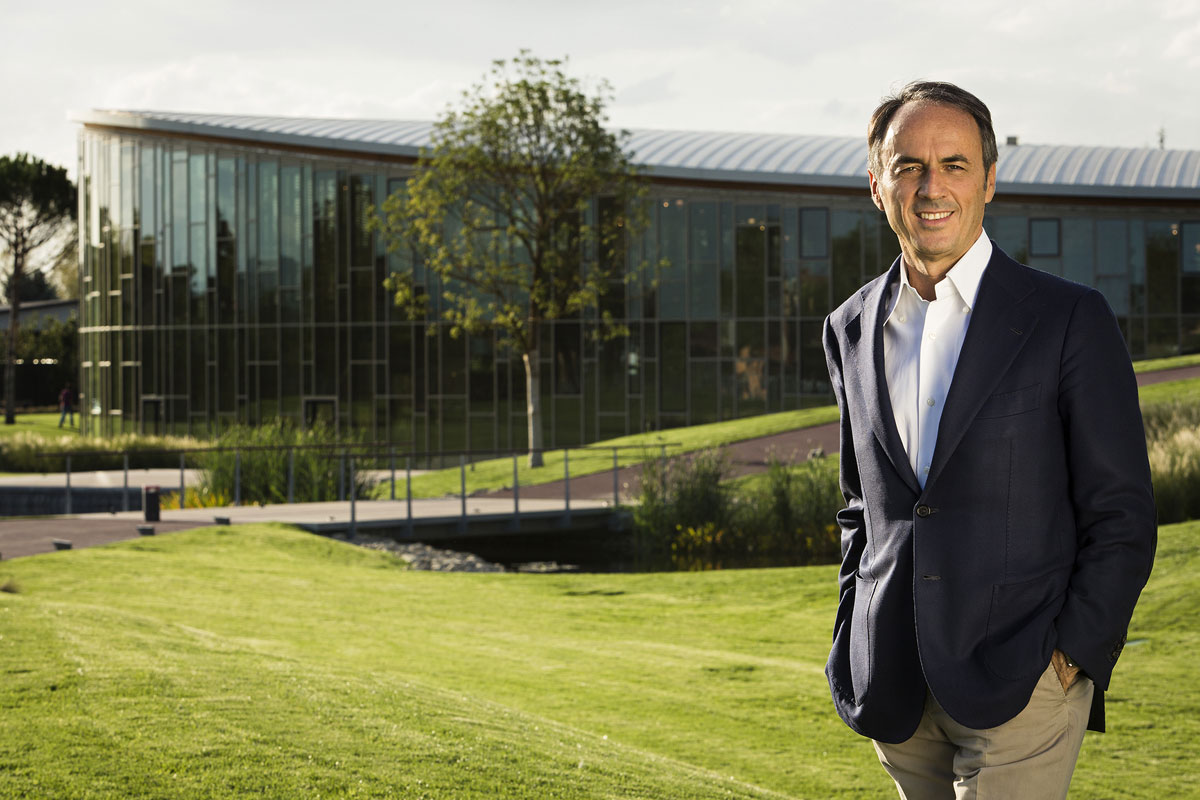
Featured Supplier

Property & Tenders
Company: Knight Frank
Company: Belvoir Castle
Company: AVISON YOUNG
Company: London Borough of Bexley
Company: Forestry England
















